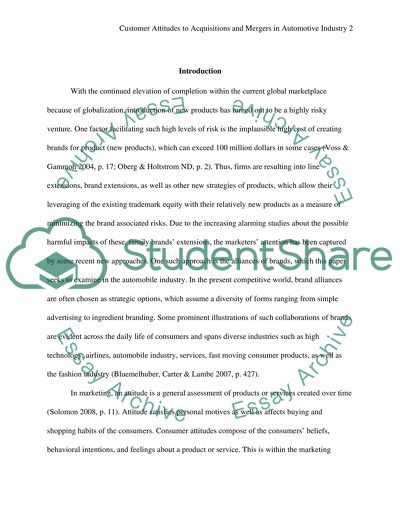Cite this document
(“Customer attitude towards change in brands' ownership in the Literature review”, n.d.)
Retrieved from https://studentshare.org/marketing/1395157-customer-attitude-towards-change-in-brands
Retrieved from https://studentshare.org/marketing/1395157-customer-attitude-towards-change-in-brands
(Customer Attitude towards Change in brands' Ownership in the Literature Review)
https://studentshare.org/marketing/1395157-customer-attitude-towards-change-in-brands.
https://studentshare.org/marketing/1395157-customer-attitude-towards-change-in-brands.
“Customer Attitude towards Change in brands' Ownership in the Literature Review”, n.d. https://studentshare.org/marketing/1395157-customer-attitude-towards-change-in-brands.


